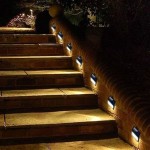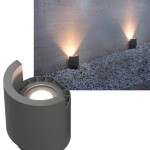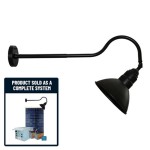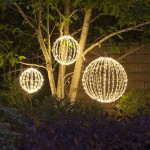Best Lighting for Outdoor Portrait Photography
Outdoor portrait photography offers a wealth of natural lighting opportunities, but it’s crucial to understand how to utilize this light effectively. The right lighting can create stunning images, while the wrong lighting can leave your portraits flat and lifeless. This article explores the best lighting conditions for outdoor portrait photography, providing practical advice for capturing captivating portraits that highlight your subject’s natural beauty.
Golden Hour & Blue Hour
The golden hour, occurring shortly after sunrise and before sunset, is widely considered the most flattering lighting for photography. The low angle of the sun casts warm, soft light that creates long shadows and a golden hue, enhancing skin tones and adding a romantic feel to portraits. During this time, the light is diffused by the atmosphere, minimizing harsh shadows and reducing contrast. Similarly, the blue hour, occurring just before sunrise and after sunset, offers a soft, blue-toned light that is ideal for creating moody and ethereal images.
To make the most of the golden and blue hours, scout locations beforehand to identify areas with interesting backdrops and open spaces that allow you to position your subject in the best light. Experiment with different angles and lens choices to find the most captivating compositions. Be mindful of the rapidly changing light during these periods and adjust your camera settings accordingly.
Overcast Skies
Overcast skies provide a soft, diffused light that is ideal for portraits, especially during the midday hours when direct sunlight can be harsh. The clouds act like a giant diffuser, softening the light and eliminating harsh shadows. This type of lighting is particularly flattering for portraits as it evens out skin tones and minimizes wrinkles.
When shooting under overcast skies, consider using a reflector to bounce light back onto your subject, filling in shadows and adding a touch of dimension. Experiment with different reflector positions to find the most flattering angle for your subject. You can also use a polarizing filter to reduce reflections and enhance the colors in your images.
Open Shade
Open shade, found beneath trees or large structures, offers a balance of soft and directional light. The light is filtered through the foliage, creating a softer, more diffuse light source while still maintaining some direction. This type of lighting is ideal for portraits when you want to avoid harsh shadows and maintain some depth and texture.
When working in open shade, pay attention to the direction of the light and the patterns created by the leaves. Use these patterns to your advantage, creating interesting compositions and using the natural light to highlight your subject’s features. You can also use a reflector to bounce light back into the shaded areas, adding more dimension to your portrait.
Backlight
Backlight, where the sun is positioned behind your subject, can create dramatic and ethereal portraits. The light creates a halo effect around your subject, separating them from the background and adding a sense of depth. Backlighting can also be used to create silhouettes, showcasing the subject’s shape and form against the bright background.
When using backlight, be mindful of lens flare, which can occur when strong light enters the lens. To minimize lens flare, use a lens hood or adjust your camera angle. You can also use a reflector to bounce light back onto your subject’s face, ensuring their features are still visible.
Understanding Light Direction
The direction of light plays a crucial role in shaping a portrait. Front lighting illuminates the subject directly, creating a flat and even lighting effect. Side lighting, where the light source is to the side of the subject, creates more dimension and highlights features. Backlighting, as mentioned earlier, creates dramatic silhouettes and halo effects.
Experiment with different lighting directions to see how they affect the mood and feel of your portraits. By understanding the impact of each lighting direction, you can choose the most flattering angle for your subject and create captivating images that capture their essence.
By understanding the different types of outdoor lighting and their characteristics, you can make informed decisions about how to utilize the natural light to your advantage. Experiment with various lighting situations, compositions, and angles to find the best approach for each portrait, ultimately creating captivating images that highlight the beauty of your subjects.

11 Outdoor Portrait Photography Tips For Easy Shots

Off Flash Vs Natural Light Which Is Best For Outdoor Portraits Shutterbug

11 Outdoor Portrait Photography Tips For Easy Shots

Portrait Photography 101 Poses Lighting Settings

Best Time To Shoot Outdoor Portraits Tomasz Klimkowski Photography

What Is The Best Setting For Outdoor Portraits With Examples Formed From Light

Tips On How To Find Good Natural Lighting Vs Bad Light In Outdoor Portrait Photography For Beginners

Tips For Making The Most Of Morning Light Portraits

How To Light The Face For On Location Portraits

Lighting How To Take Great Photos







